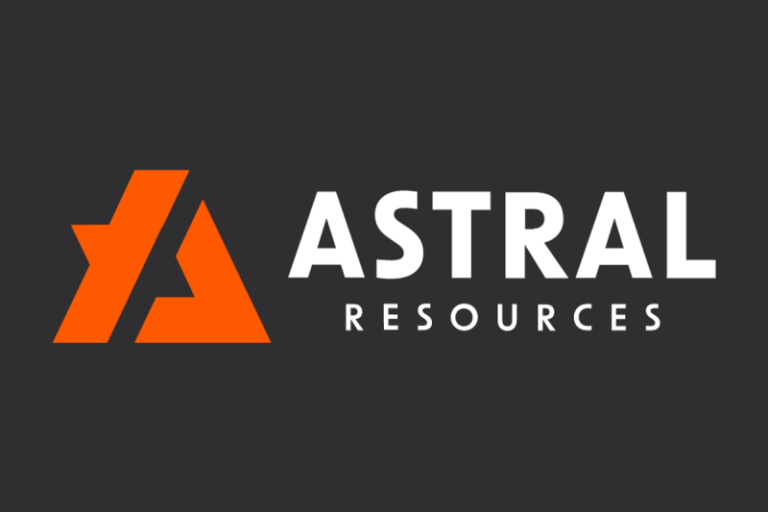Biotech is a dynamic industry that is driving scientific advances and innovation in healthcare. In Canada, the biotech sector is home to companies pursuing cutting-edge therapies and medical technologies.
Read on to learn what’s been driving these Canadian biotech firms.
1. Eupraxia Pharmaceuticals (TSX:EPRX)
Year-on-year gain: 141.23 percent
Market cap: C$410.85 million
Share price: C$8.25
Eupraxia Pharmaceuticals is developing clinical candidates that employ its DiffuSphere technology, which delivers treatments to the targeted tissues.
The company’s candidates are currently EP-104GI for eosinophilic esophagitis and EP-104IAR for knee osteoarthritis, and it is exploring the use of its technology for other active compounds as well.
Eupraxia added EP-104GI to its pipeline through its acquisition of EpiPharma Therapeutics in late 2023. The company has continued to advance the treatment through clinical trials in 2025 and released multiple rounds of positive data from its Phase 1b/2a trial cohorts.
In July, Eupraxia dosed its first patient after advancing its investigation to Phase 2b trials based on safety and efficacy data from the earlier Phase 2a patient cohorts. Top-line results from the Phase 2b study are anticipated in the second half of 2026.
In September, the company shared data from the highest-dose cohort of the still ongoing Phase 1b/2a trials, reporting that the group saw the largest improvements so far.
2. Bright Minds Biosciences (CSE:DRUG)
Year-on-year gain: 103.17 percent
Market cap: C$683.67 million
Share price: C$92.95
Bright Minds Biosciences is developing novel serotonin agonists targeting neurocircuit abnormalities linked to neuropsychiatric disorders and epilepsy, designing next-generation treatments that aim to retain the therapeutic benefits of psychedelics while minimizing side effects.
Its lead candidate, BMB-101, a selective 5-HT2C receptor agonist, has shown encouraging preclinical efficacy by stopping seizures in an epilepsy mouse model, evaluated jointly with Firefly Neuroscience (NASDAQ:AIFF).
The company’s stock surged nearly 1,500 percent in October 2024 following H. Lundbeck’s acquisition announcement of a competitor focused on similar targets. Strengthening its epilepsy expertise, Bright Minds expanded its scientific advisory board in early 2025 by adding five leaders in the field.
Ongoing clinical progress and strategic growth initiatives position Bright Minds as a promising contender in the neuropsychiatric treatment landscape.
3. Hemostemix (TSXV:HEM)
Year-on-year gain: 31.25 percent
Market cap: C$18.40 million
Share price: C$0.11
Hemostemix is a clinical-stage biotech company focused on developing autologous stem cell therapies, meaning the treatments use a patient’s own cells to theoretically enhance safety and efficacy.
Its main product, ACP-01, is an autologous cell therapy designed to promote tissue repair and regeneration in areas affected by diseases, including a range of heart diseases.
The company announced its first advanced sales orders for ACP-01 in Q1 2025 and has been working to expand internationally and attract new investment.
Hemostemix secured the regulatory green light for commercial sales in Florida after the state passed Senate Bill 1768. The bill creates a framework in which healthcare providers can administer stem cell therapies that had not yet been approved by the US Food and Drug Administration (FDA) but meet the bill’s guidelines.
The company now offers commercial ACP-01 treatments for ischemic pain in the state under the name VesCell, with sales forecasted to reach C$22.5 million in 2026. Operational plans target cash flow positivity by Q4 2026, supported by a growing physician network and commercial pipeline.
Additionally, Hemostemix is currently collaborating with Firefly Neuroscience on a Phase 1 clinical trial of ACP-01 for vascular dementia.
4. NervGen (TSXV:NGEN)
Year-on-year gain: 79.92 percent
Market cap: C$300.97 million
Share price: C$4.39
NervGen is a clinical-stage Canadian biotechnology company that focuses on developing innovative treatments to enable the nervous system to repair itself following damage from injury or disease.
The company’s core technology targets a mechanism that hinders nervous system repair. When the nervous system is damaged, chondroitin sulfate proteoglycans (CSPG) form a “scar.” Initially, CSPGs help contain damage, but their long-term interaction with the PTPσ receptor inhibits repair.
NervGen’s lead drug candidate, NVG-291, is designed to relieve these inhibitory effects to promote nervous system repair. It received fast-track designation from the US FDA.
NervGen is advancing NVG-291 in a Phase 1b/2a clinical trial for spinal cord injury (SCI) and reported positive data from the chronic cohort in June.
NVG-300, a newer preclinical candidate, is being evaluated for ischemic stroke and SCI.
Securities Disclosure: I, Meagen Seatter, hold no direct investment interest in any company mentioned in this article.










